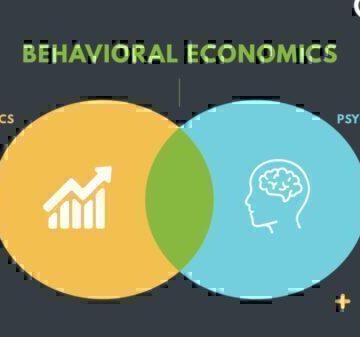A 529 plan is a great way to save for education costs with tax benefits that help your money grow faster.
You won’t pay taxes on the earnings, and you can withdraw funds tax-free for qualified education expenses.
Recent updates mean 529 plans now cover K-12 tuition, apprenticeships, and even some student loan repaymentsstudent loan repayments, making them more versatile.
Between daily responsibilities like paying bills and keeping up with life’s demands, saving for your child’s education might seem like another overwhelming task on your to-do list. But if you’re considering a 529 plan, you’re already taking a smart step towards securing your child’s future.
So, What Exactly is a 529 Plan?
A 529 plan is a savings account that helps you set aside money specifically for education costs, all while enjoying some tax advantages. Named after Section 529 of the IRS code, these plans are built to make saving for college—and now even K-12 tuition—a bit easier. You can choose between two types: prepaid tuition plans and education savings plans.
- Prepaid Tuition Plans let you lock in today’s rates for tomorrow’s college tuition, which can be a huge relief given how fast tuition prices climb. These are usually state-run and have some limitations, like covering only tuition and fees.
- Education Savings Plans are more flexible and allow you to invest your contributions in mutual funds or other investment options. Your money grows based on how these investments perform, and you can use it for a range of education expenses, like room, board, books and supplies.
How Do They Work?
Setting up a 529 plan is pretty straightforward. You open an account, pick your investments, and contribute as much or as little as you like, whenever you want. The best part? Your money grows tax-free, and when you use it for eligible education expenses, you won’t pay taxes on the withdrawals either. Plus, some states sweeten the deal with extra tax breaks or deductions on your contributions.
For instance, if you start putting $200 a month into a 529 plan when your child is born, with a 6% annual return, you could have over $77,000 saved by the time they’re 18. That’s a nice chunk of change to help cover college costs, and since it grows tax-free, you get to keep more of what you earn.
Why Consider a 529 Plan?
- Tax Perks: The standout feature of 529 plans is the tax break. Your contributions grow without being taxed, and if you use the money for qualified education expenses, your withdrawals are tax-free too. It’s like giving your savings a boost without the IRS taking a cut.
- Generous Contribution Limits: You can contribute a lot more to a 529 than other savings accounts. In 2024, you can put in up to $17,000 per year per child without triggering a gift tax, and you can even front-load five years’ worth of contributions—up to $85,000 at once if you’re looking to supercharge your savings.
- Control and Flexibility: As the account owner, you decide how and when the money is used. This means you keep control of the funds, even if your child doesn’t head straight to college or if their education plans change. The funds can also be transferred to another family member if needed, so you have plenty of options.
- Covers More Than Just College: Recent changes have expanded the uses for 529 plans beyond college costs. Now, you can use the funds for K-12 tuition, certified apprenticeship programs, and even to pay off up to $10,000 in student loans per beneficiary. This added flexibility makes 529 plans a more versatile savings tool.
Important Changes
With the SECURE Act, 529 plans got even better. For example, you can now use the funds to pay off student loans—up to $10,000 per person for the account’s beneficiary, plus another $10,000 for each sibling. This can be a great way to help with debt if your child graduates with loans.
What to Watch Out For
While 529 plans have a lot going for them, it’s important to understand the potential downsides. If you withdraw money for anything other than qualified education expenses, you’ll owe taxes on the earnings, plus a 10% penalty. Also, the way 529 plans are counted as parental assets could impact your child’s eligibility for financial aid, although generally, the effect is minimal.
Maximizing Your 529 Plan
To get the most out of a 529 plan, start early and contribute regularly. Automating your savings can help you stay consistent without having to think about it. And be sure to periodically review your investment options to make sure they still align with your goals and risk tolerance. Also, check whether your state offers a tax deduction or credit for contributions—it’s a great way to get a little extra back while you save.
Saving for education doesn’t have to be overwhelming, and a 529 plan is a straightforward, tax-friendly way to make a big impact on your child’s future. It’s okay if you’re just starting out or can’t contribute large amounts right away. The key is to start where you can, stay consistent, and let the power of time and compound growth work for you. And remember, you’re not alone—there are plenty of resources and financial advisors who can help you figure out the best path forward.
GreenPath Financial Service
Resources for Students and Graduates
If you’re starting college or is now repaying your student loans, take a look at these resources from GreenPath. These resources can help you plan for a financially healthy future.










